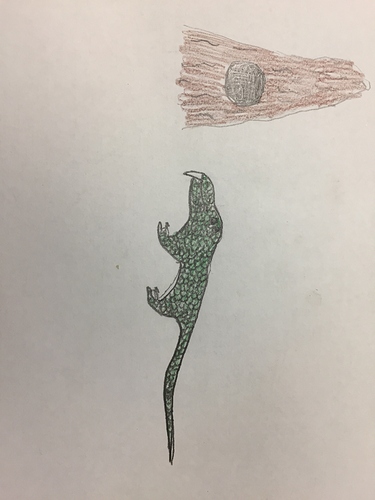Inspired by nintaras forum game - “lets make a planetary ecosystem, species by species” - along with the binge watching of game of thrones and overall just having an interest in world building. i have decided to create my own little eco-system in my own little planet.
down below is just some basic info about the planet and such: i would advise reading it if you would like to understand everything that is going on.
World Info
This is the known world of teter;
it is comprised of 2 major continents;
the northern continent, ventise.
and the southern continent, merignes.
The continents, while plentiful in terrestrial life, weren’t always this way. similarly to earth and many other carbon life bearing planets. The seas were where life began. and it appears that life in teters seas is just as bizarre and awe inspiring as the strange creatures that inhabited the seas of earth back during the cambrian period.
Which is why the sea was named the cambrian sea.
But these continents are far too large to work with. which is why we need to zoom into merignes, the southern continent:
This is an eastern region of the continent merignes. it is dotted with numerous rivers and lakes making it quite a lusheous and diverse location. akin to a rainforest. ill start off by high-lighting a region a species lives in:
These purple spots are home to an grand species which is slowly going extinct. its name is daemoniorum digitus. coming from latin; daemoniorum (devils) digitus (finger)
devils finger.
The devils finger is a strange organism. it is similar to fungus rather than plants. it stands at around a length of 2 meters, with some of the oldest devil fingers rising up to an astrounding 5 meters. It uses long tendrils undernearth its long body to absorb nutrients from the nutrient rich earth below it. however recent competition from more efficient organisms is forcing the devils finger to adapt and become smaller. It seems that in the merignes. there is no more room for titan fungi.
Small sketch of Devils finger.
ill add more flora and fauna later on when i feel like it.
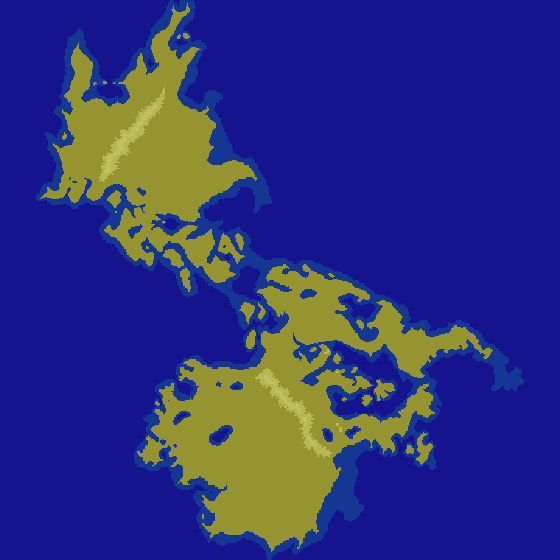
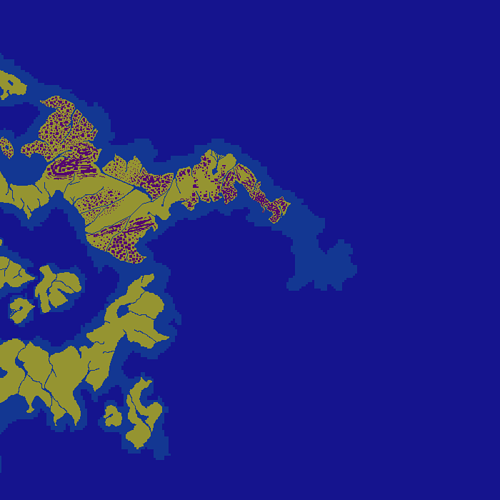
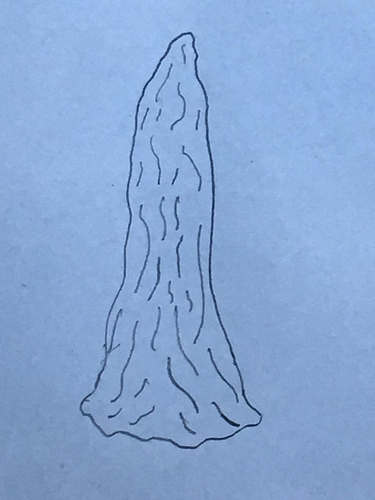
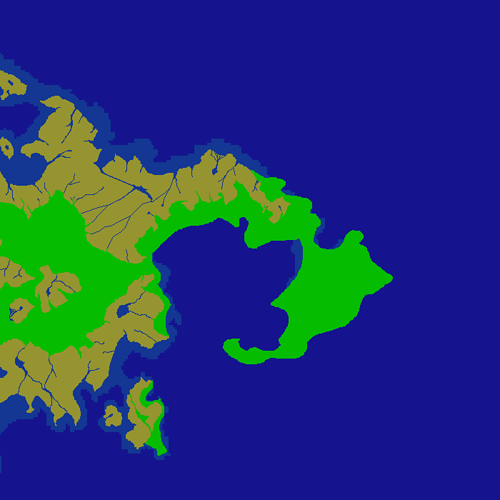
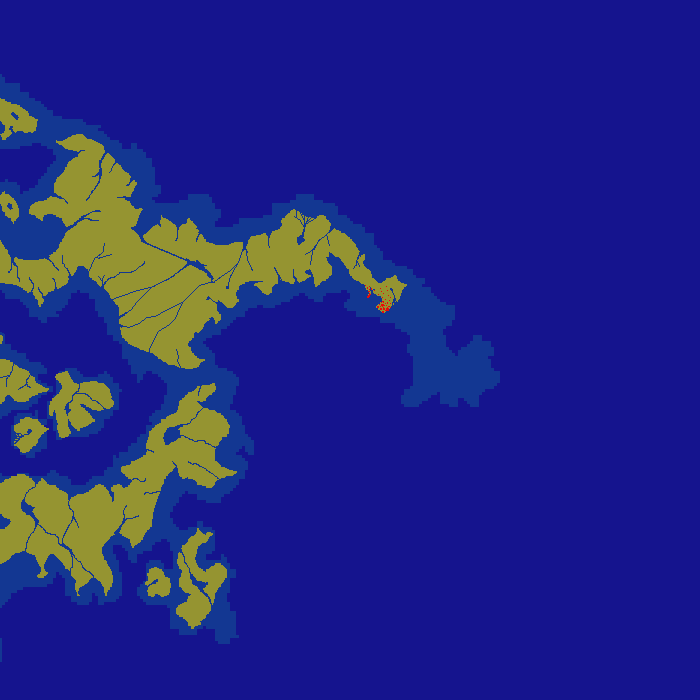
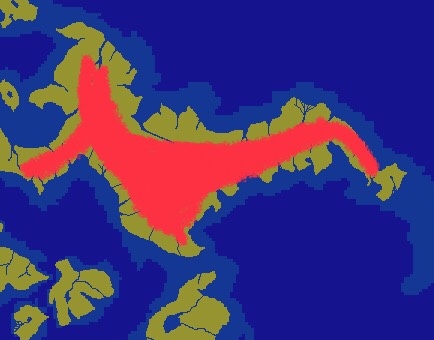 It is not known whether devil eaters have migrated anywhere else. They make there home in hollow devils fingers, with up to five in each plant.
It is not known whether devil eaters have migrated anywhere else. They make there home in hollow devils fingers, with up to five in each plant.